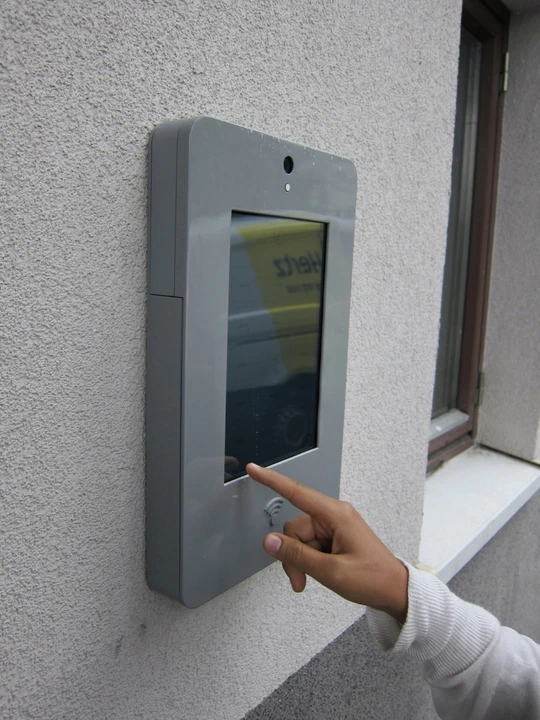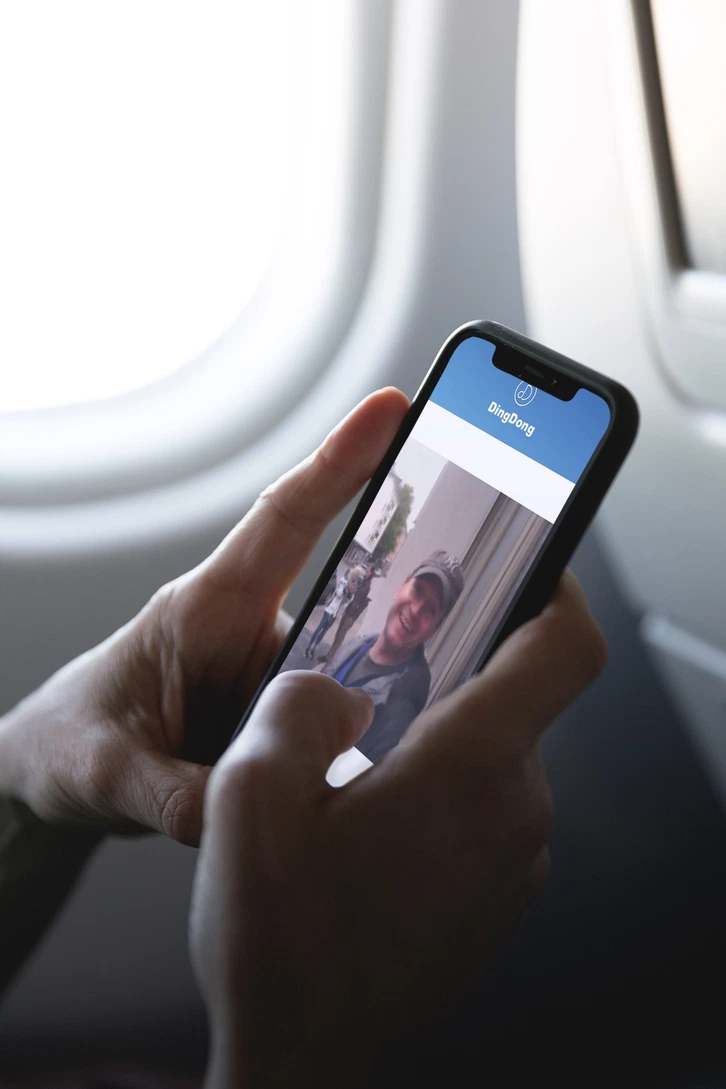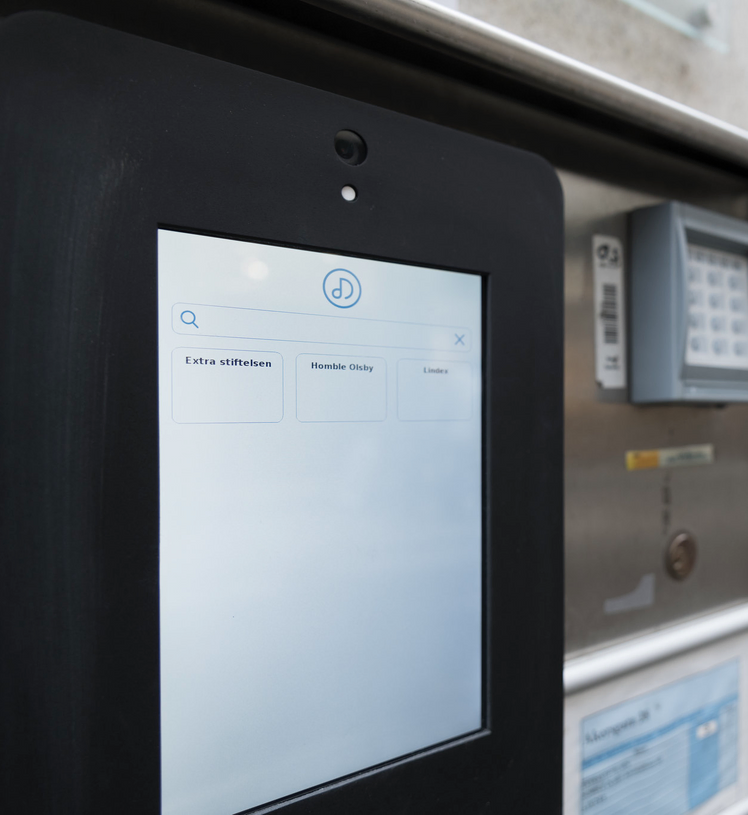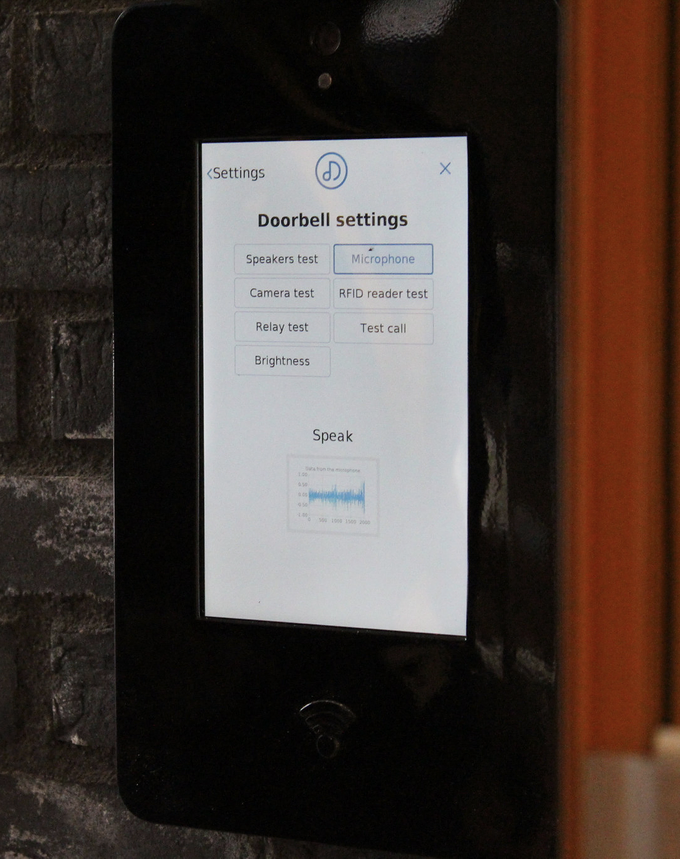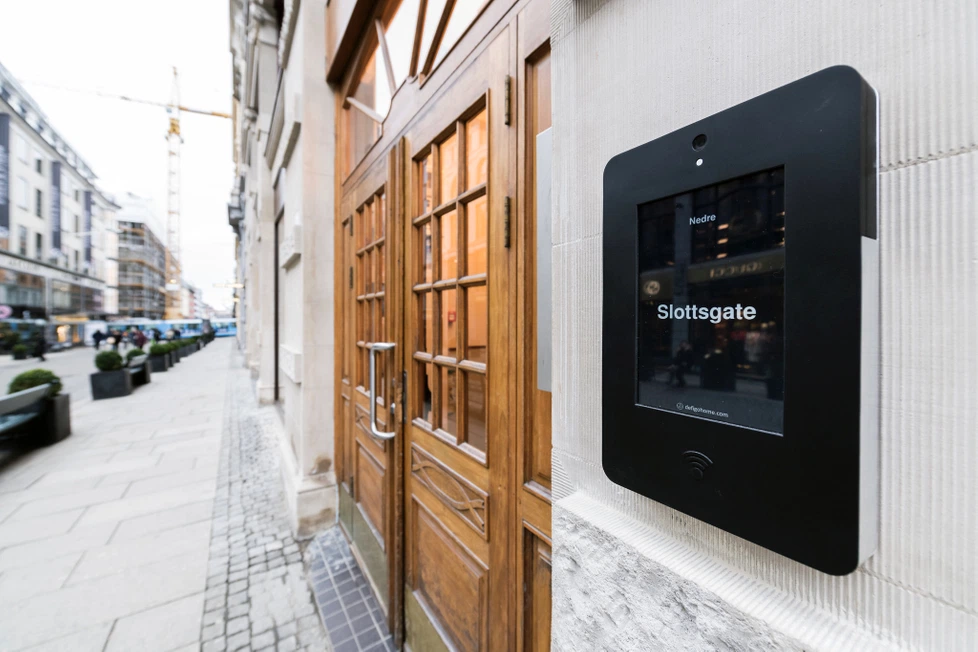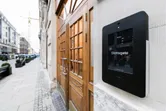Defigo

by
LANARS
About
Positioning
The basic idea behind the Defigo product was to make it easier for residents of apartment buildings to get into their apartments as well as provide business owners with a tool to manage office personal access.
Defigo hard and software allows people to do away with numerous keys and avoids the risk of losing them. At the same time, the product planned to help customers with letting in third-party service providers such as cleaners, repairers, cooks, gardeners, or babysitters, even whilst they are away from the apartment or office.
As a result, Defigo was designed as
a smart doorbell with an interactive screen and administration panel. Defigo doorbells are IoT devices interconnected with users’ personal devices (mobile phones mostly) that can be managed remotely. The product comes in two forms — one for residential buildings and the other one for offices and business buildings.
The product was built for the national market (Norway) and took into consideration the design aspects of local buildings and local users’ needs. In line with its monetization concept, Defigo is distributed through the corporate website. Users leave requests to install the Defigo hard and software, pay for it and the service is installed.
Due to it’s state-of-the-art solutions, Defigo managed to overtake its main competitor soon after being launched and has fulfilled its preliminary marketing plan.
Project team
The Defigo project (except for the landing page) was fully executed by the LANARS team. The team included 8 full-time experts. Most of them had more than 5 years of experience in the required areas — iOS and Android development, hardware, front and back-end, as well as design, QA and project management.
3 extra specialists were used to solve some particular short-term development issues.
Tech solution & Platforms
The development process consisted
of several stages — research, planning, study of market survey results and plan correction, focus group interactions, design and data architecture, hardware market research and equipment customization, software development, testing, and real client feedback processing.
We took a single-board computer
as a hardware basis. The solution
was found after trying and testing 5 equipment options. We also changed the protocol for transmitting streaming video from RTMP (real-time messaging protocol) to WebRTC (web real-time communications) as RTMP didn’t work well for our purposes.
